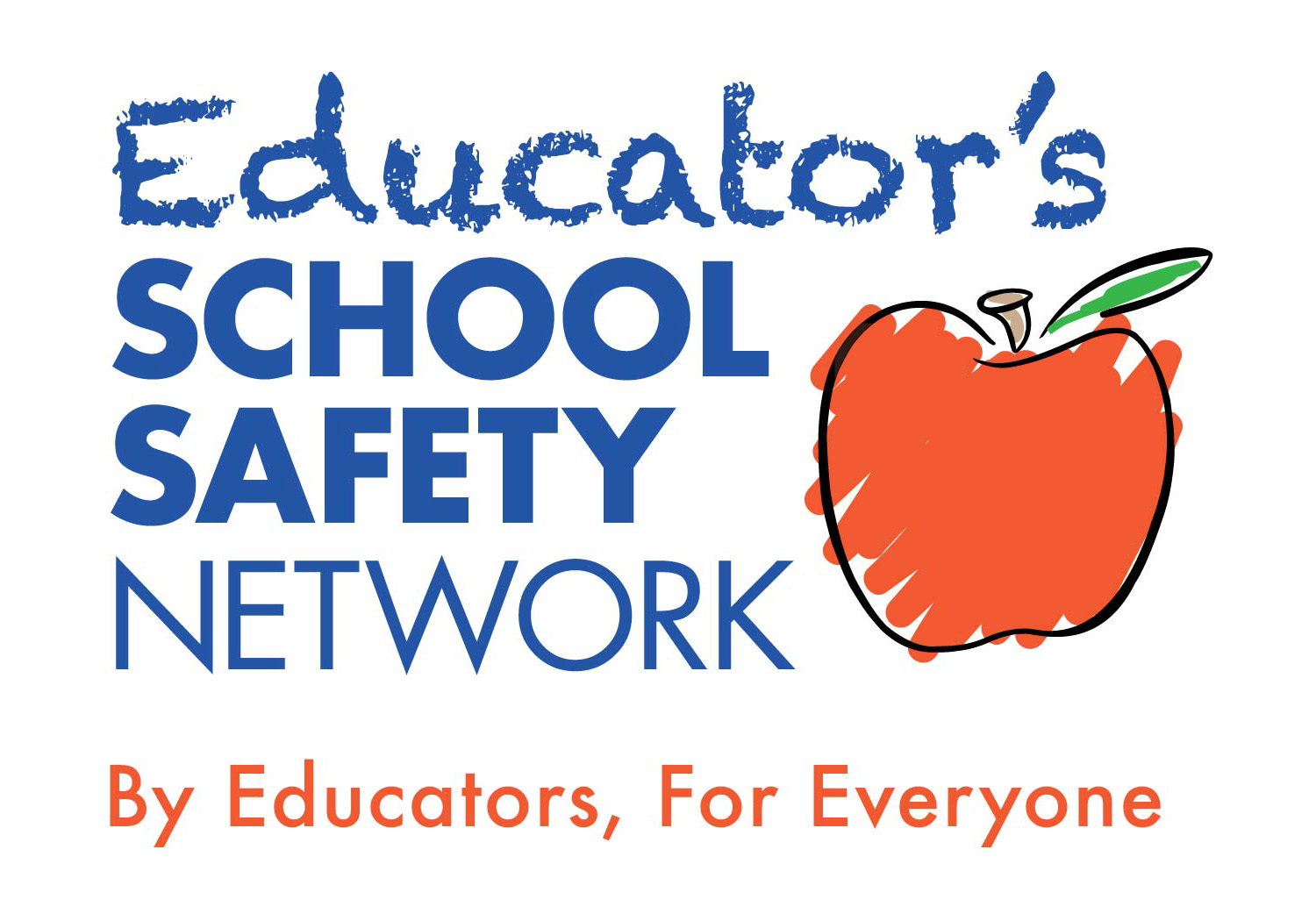Five Ways to Fix Our School Safety Problem
The horrific tragedy that took place in Parkland Florida is just the most recent in a long line of terrible events that have occurred in our schools. Despite the shocking carnage and overwhelming sadness, students will return to schools that are fundamentally unsafe. Apparently, as a society, we are OK with that. It would appear that we are willing to defer substantive change in favor of arguments about guns, funding, and priorities. We delude ourselves that violence doesn’t happen that often, or that nothing bad will happen in our kid’s schools, and as a result, there will be more needless tragedies.
But it doesn’t have to be this way. Despite wildly divergent opinions on politics, guns, or education, there are a few simple measures on which we can all agree, that would help to fix our school safety problems:
- Stop arguing about gun control and start providing educators with the training the critically need. Let’s start at a place we can all agree: no one should be dying in our schools. It’s time to implement a common sense approach to school safety that is led by our educators.
- Stop buying stuff. Let’s spend the flurry of money that will be allocated in the wake of today’s tragedy by investing in people rather than buying stuff. Metal detectors, apps, and fencing won’t stop the next school shooter. Training in violence prevention, threat assessment, and crisis response might.
- Train everyone (not just administrators). Training and expertise in preventing and responding to crisis events needs to be de-centralized. Every person in every school – teachers, staff, students, parents – needs to have adequate, appropriate training in what to do when a crisis occurs.
- Prepare for all hazards. While active shooter situations are tragic and garner lots of media attention, the truth is that violence and crisis situations occur EVERY DAY in our schools. Planning, preparation, training, and response is required that focuses not just on active shooter (the least likely of events), but on all the other man-made and natural hazards that schools face each day.
- More law enforcement is not the answer. In a school crisis, educators ARE the first responders and should be trained as such. Yet most conversations, decisions, and trainings about school safety are centered on and driven by a law enforcement perspective.
We don’t need more political rhetoric or recriminations. We don’t need to turn our schools into prisons. We don’t need to arm teachers or have cops in every classroom. We just need to have the will to plan, prepare, prevent, and train our educators NOW.
